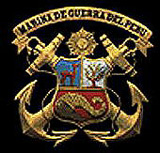

Huascar was without a doubt, if not the biggest, the most important and legendary warship of Peru´s 19th century navy. A low-freeboard turret ironclad, model Ericsson, built in England in 1865, she displaced 1,130 tons, was 67 meters long, 11 meters wide and had a 1,500 horse power engine. A four and a half-inch belt of armor protected her iron helmet amidships, tapering to 2.5 inches at the ends. Her revolvable turret with 5.5 inch-armored plating was manually operated. Her two turret guns were 10-inch Armstrong’s. She also had two 40-pound pivot Armstrong guns located at the lateral sides of the ship and one 12-pounder at the stern. The ship was governed from an hexagonal 3-inch armored conning tower. With a single helix propelled by two horizontal alternative engines, she reached a speed of 11 knots and had a capacity of 300 tons of coal distributed in four rectangular boilers. Her crew consisted on 200 officers and men. Few warships of his time have seen so much action; in fact, Huascar has been more active than any of the ships of the North American Civil War. Her first job was the capture of Spanish merchant ships in early 1866. She fought against the Peruvian ironclad Independence; against the South American British squad; was the first ship in the world to avoid a locomotive torpedo; was the last world´s ship to fight against wooden British corvettes; during 1879, alone, she faced all the Chilean Navy, and, during six months, avoided the invasion of Peru by Chilean troops. She fought against several ships, even two at a time and against land batteries; captured at least a dozen enemy vessels; destroyed the enemy infrastructure and even broke several blockades. It took six ships of the Chilean navy to encircle and capture her. Huascar fought to the last against two heavy battleships and a shchooner. Few ships in history have sustained such terrible damage during combat and still remained afloat. Eighty of her 200 crewmen were dead or wounded after her last fight, including Miguel Grau, her capable Commander.
After Angamos, two foreign newspapers published the following reports, dated October 10 1879: The London Times wrote: “Huáscar is a historical ship, figuring in all the naval combats of the war; she has bombarded the populations of the Chileans (only those fortified), pursued and captured their transport ships and has been for several months the terror of the Chilean coast. Under command of a skilled and brave officer and managed by excellent men, Huascar has always been a formidable opponent.” The New York Herald wrote: “It is not needed to have been on the side of Peru in the unfortunate war of South America, to regret that the gallant Huascar has been captured by the Chileans. Something that seemed good luck, but that probably was competence in her handling, has placed suddenly this ship among the most famous that have furrowed American waters. No task was too big neither too small for him. That she maintains its old reputation now that she is in other hands is very doubtful, because commanders so skilled as Grau are not many.”
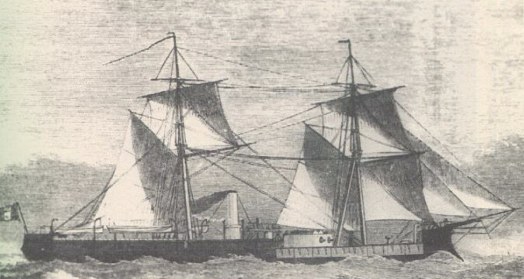 |
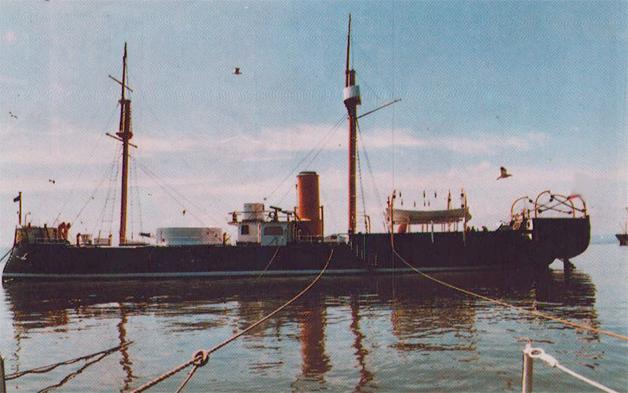
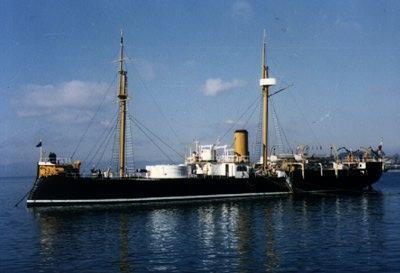
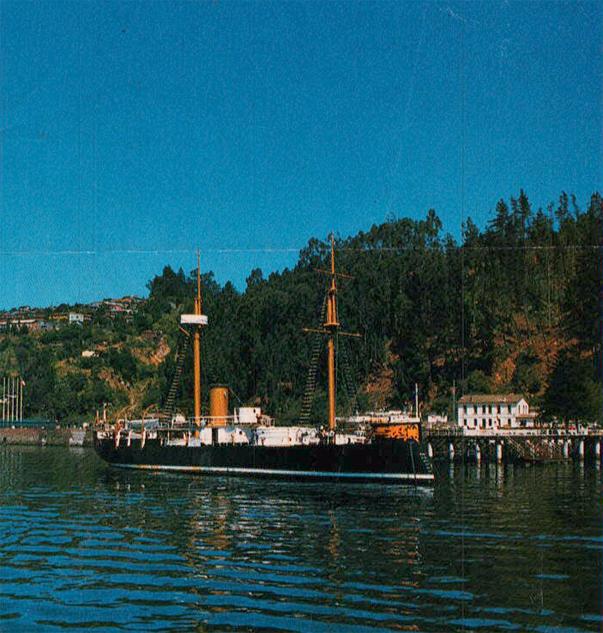
|